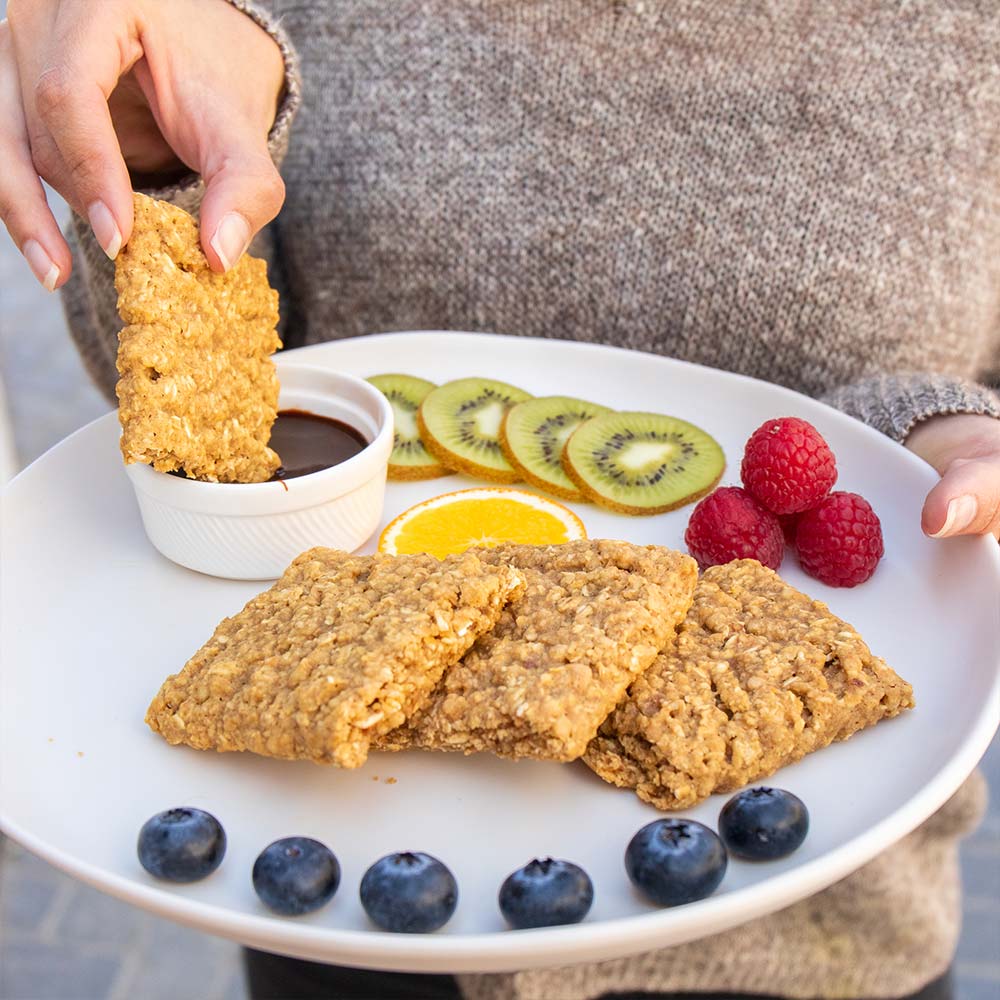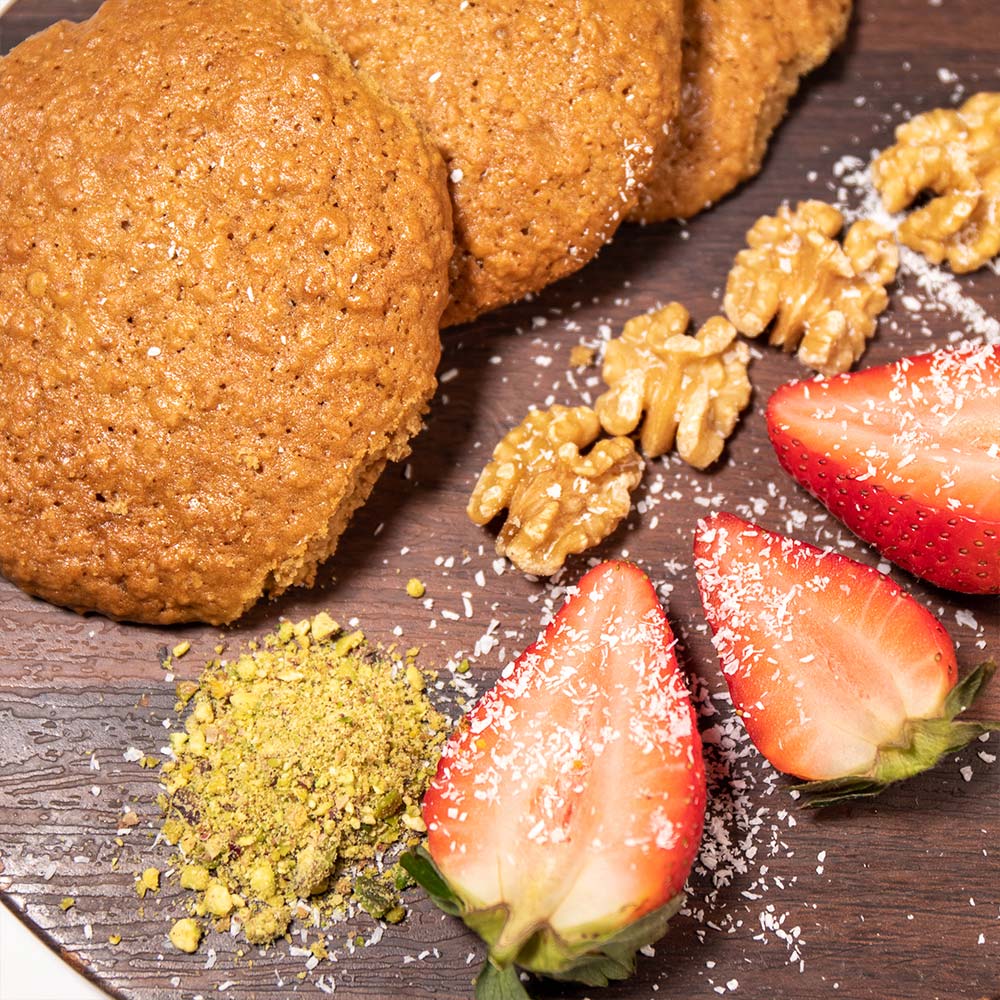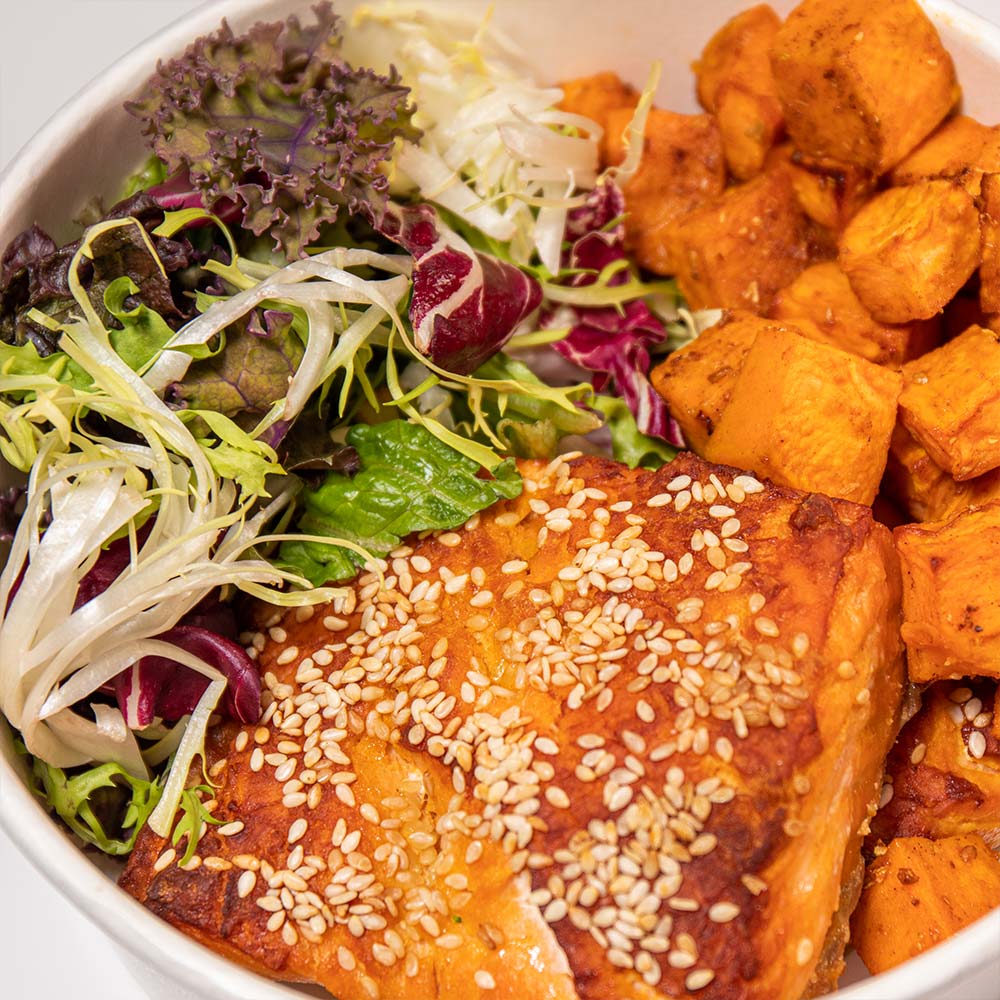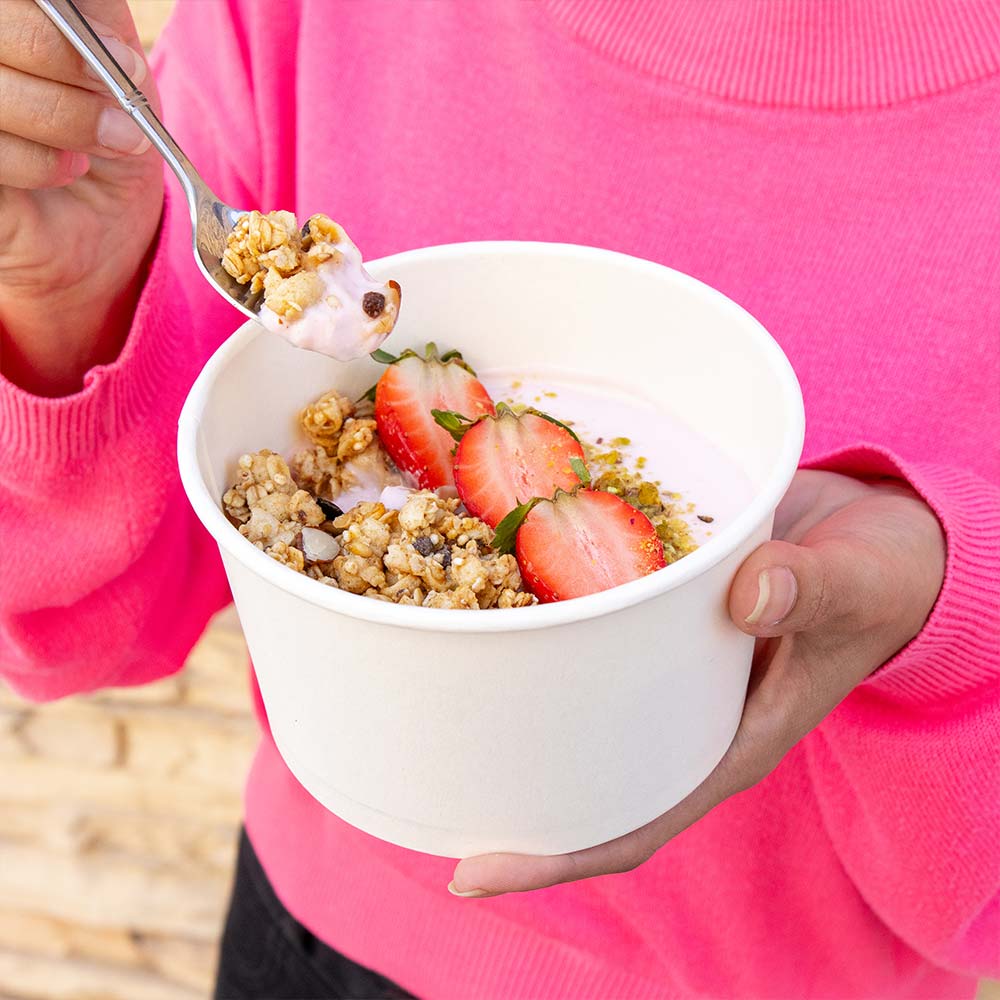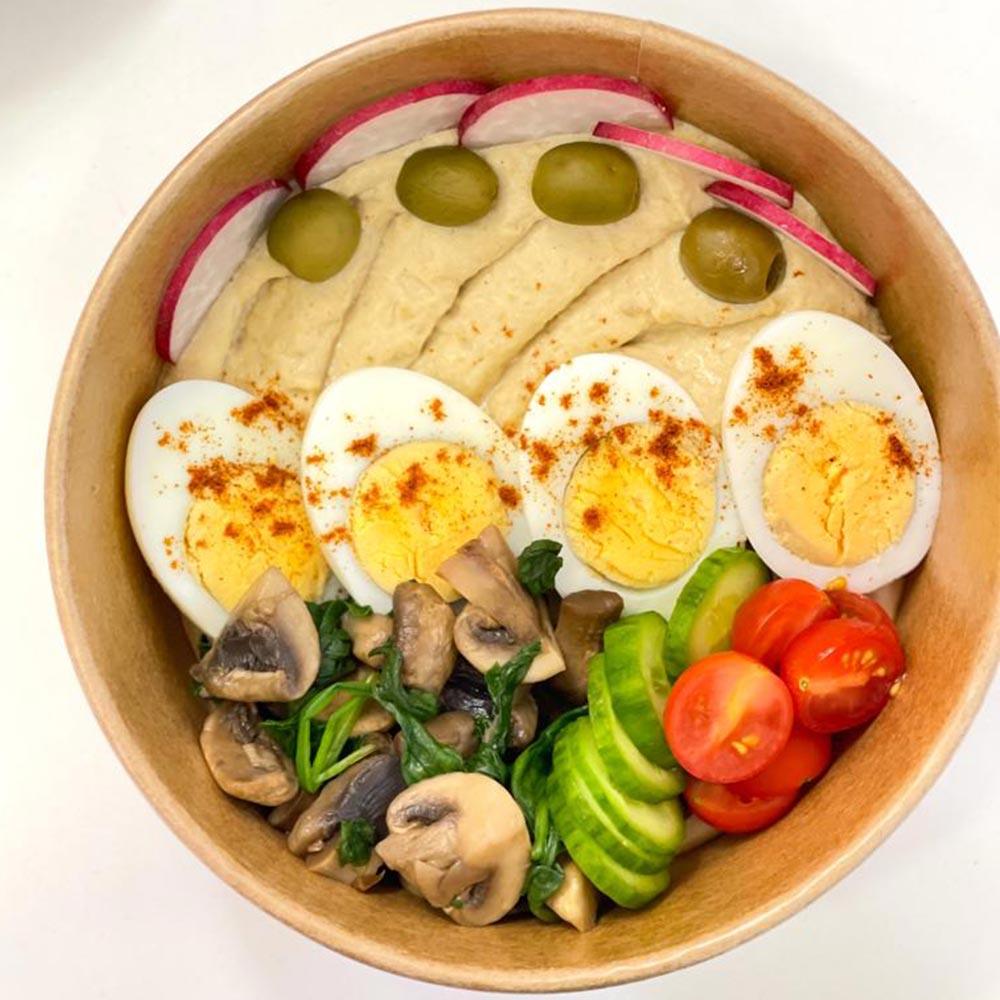I won't judge, believe me, and I will probably ask the same
question if I didn’t know any better. I bet you’re also tired of reading labels
with catchy wonders professing one thing, but after consumption, it appears we
just got robbed. It's ok to only believe the label that says liquid content
only, at least you get to see the liquid in the bottle... something no one can
rob you of.
When it comes to a healthy lifestyle, either through a
health condition or a sudden revival that hit you, there is always every reason
to extra-read the labels at the mart before loading the cart. One of the things
people look out for are items that satisfy their pang, yet comes with things
like “Gluten-Free†by the edge or beneath just so you don’t miss it.
What is Gluten?
Let's get started on what Gluten is all about. Gluten refers
to the proteins present in wheat products such as wheatberries, semolina,
faro, graham, rye, barley, and triticale.Â
Glutens, particularly glutens from the Triticale family,
have distinctive viscoelastic and adhesive qualities which give the dough its
elasticity and help it rise and hold shape, likewise typically resulting in a
chewy end product. Gluten is therefore significant to both food and non-food
businesses because of its characteristics and low cost for purchase.
What is Gluten-free?
When next you’re at the grocery store and you notice the
sign on the brand you are purchasing saying “Gluten-Freeâ€, this simply means
that the meals do not have those proteins seen in wheat products as mentioned
above, which is the total avoidance of these grains.
Most persons with gluten sensitivities or celiac disease, a
disorder that causes intestinal damage when ingested, require a gluten-free
diet.
How does the FDA define gluten-free?
FDA established a limit of fewer than 20 ppm (parts per
million) for the unavoidable presence of gluten in goods bearing this label as
one of the conditions for adopting the claim of Gluten-free. That is the lowest
level in foods that can be reliably recognized using reliable
scientific-analytical measurements.
Is gluten-free really gluten-free?
It's funny something that reads an inscription is still
being doubted, but maybe this time it is healthy, especially because you will
learn something new from this question. People often inquire if the inscription
Gluten-free means the total avoidance of any form of gluten in the meal. Well,
here is your answer: The guideline stipulates that items labeled
"gluten-free," "no gluten," "free of gluten," or
"without gluten" must contain fewer than 20 parts per million (ppm)
of gluten, among other things. This is the lowest level that scientifically
verified analytical procedures can consistently detect in foods.
So, if I may answer you clearly on the subject, gluten-free
meals do not eradicate the presence of gluten, but with the lowest form of
measurement for a balance.
What are the benefits of going gluten-free?
There’s a need to always know what you stand to gain in a
review. Take for instance in Gluten-free routine, you get to enjoy some perks,
namely:
- It helps promote a healthy weight gain.
- It reduces depression.Â
- It eliminates bloating.Â
- Reduces joint pain.Â
- Improves energy levels.
- Reduces lactose tolerance.
Is gluten-free better than low-carb?
Individuals with Celiac disease or gluten sensitivity
frequently follow a gluten-free diet, which avoids all gluten-containing foods.
A low-carb diet that is healthful does not eliminate any specific forms of
carbs. On the contrary, it lowers one's intake of all carbohydrate-rich meals.
In conclusion, the gluten-free icon seen on edible items
doesn’t eliminate gluten from the meal. It only states that it complies with
the FDA based on its metrics.Â




















